Have you every wondered how olive oil is made? And did you know that we have our very own olive mill right in the heart of Oregon Wine Country!?
I was lucky enough to spend last Tuesday morning exploring the Oregon Olive Mill. I felt like I was on a live version of the Food Network show Unwrapped, but instead of learning about how candy is made, I was watching beautiful olives turned into the most aromatic golden oil.
The Oregon Olive Mill is part of the Red Ridge Farm property and is tucked back on a hillside overlooking the lavender mounds and olive orchards.
The state-of-the-art milling equipment is housed in the same building as the spectacular event space where our tasting was held.
This event space appealed to all of my senses! The warm fireplace was inviting, the long tables with family style seating made for great conversation, and the beautiful catering kitchen felt like the heart of the room.
The blue tasting cups at each place setting popped against the warm golden wood rafters, and when I arrived I knew I was in for a treat!
Stepping out the french doors and onto the balcony I was in awe of the stunning views of the olive orchard and the changing colors of fall.
We were introduced to Master Miller Paul Durant, who is a fourth generation Oregon farmer, and received a bit of history about the Durant family. The Durant family started with just 15-acres of land and originally farmed walnuts, hazelnuts, and cherries. In the 1970’s they joined the pioneers of wine country and planted their estate vineyard. They now own 120-acres of land with 17-acres devoted to the olive grove.
We then headed down to the bottom level of the building to see the milling production area. The olives being processed on our tour actually came from the Redding family, who is joining the olive oil growing business down in the Salem area.
Check out the old milling stone that the Durant family had brought over from Crete! My how times have changed!
The milling equipment is pretty impressive. It was purchased from a company called Alfa Laval in Sweden and can process up to 1,000 pounds of olives per hour.
Libby Clow, the Olive Oil Program Ambassador, gave us a overview of the equipment and process while Paul Durant jumped right in to start processing the oil.
It was so neat watching Paul and his father work together, so much passion in one place! Paul said that his parents are both still very involved with the day to day activities on the farm.
First off, I apologize for the poor quality of this next picture, but I had to include it. You’re looking through the grate into the crusher and malaxer, where the whole olives are crushed to release oil from the membranes and cell walls. The olives are then ground into green paste (seen below), that is spun through a horizontal trough that massages the olive paste to further release oil from the fruit.
The smell coming out of this grate was phenomenal! The olive paste had floral notes with nutty undertones and was unlike anything I’ve ever smelled.
Libby then showed us a beaker full of the olive paste that was processed a few days before hand. You can see the oxidation that has occurred, making the paste brown in color and also how the oil has started to separate from the paste.
Soon enough, oil started coming out of the separator. In Oregon we can grow about two tons of olives per acre, and process 35-45 gallons of olive oil per ton of olives. In comparison, California can grow 4-7 tons of olives per acre. We learned that the processing olives is really about finding the intersection of yield and flavor which is always a balance.
Nothing beats a fresh baguette drizzled with fresh olive oil and sprinkled with Jacobsen Sea Salt. We learned that the salt can really soften the bitterness (tannins) of fresh olive oil.
We then headed back upstairs for our official blue glass tasting led by Libby who did her Master’s in Food Culture and Communications at the Universita degli Studi di Scienze Gastronomiche and who also worked in the UC Davis Olive Center.
The olive oil located in the clear cup at the top of the tasting sheet was generic olive oil that can be purchased almost anywhere. It’s hard to tell, but the generic olive oil is almost clear whereas the freshly pressed olive oil shown below is certainly more opaque.
The oil is opaque because plant matter is still suspended in the oil, and eventually the oil will be filtered and bottled. The Oregon Olive Mill actually waits for orders to come in before bottling to ensure the oil is as fresh as can be before distribution.
Interestingly enough, the blue cups are used to take away the sense of sight. Often times if you can see the color of the oil it will skew your idea of what you might be tasting.
Before tasting each oil, we would first smell it, then heat it up by twisting the cup in our warm hands, smell the oil again, and then slurp it across our tongues. Heating the oil releases more of the aromatic notes, and the slurping allows you to discern the three main components of olive oil: fruitiness, bitterness, and pungency.
Fruitiness: green apple, golden apple, olive, nutty, almond, hazelnuts, walnuts
Bitterness: Tannins that come from the pit, skin, and leaves; almost like how kale can be bitter
Pungency: Peppery quality, can make you actually cough, and warms from your chest to your throat
After doing our official “blue cup tasting” we then had the chance to try the different types of olive oils with food pairings. Some of my favorites included olive oil drizzled on cheese, brussel sprouts and chanterelle mushrooms, and of course chocolate chip cookies!
If you decide to check out Red Ridge Farm, but sure to stop in the gift shop! You can sample olive oil, purchase salt, and even pick up your very own olive tree. I have a feeling I’ll be making a return trip to the gift shop when I start shopping for Christmas presents.
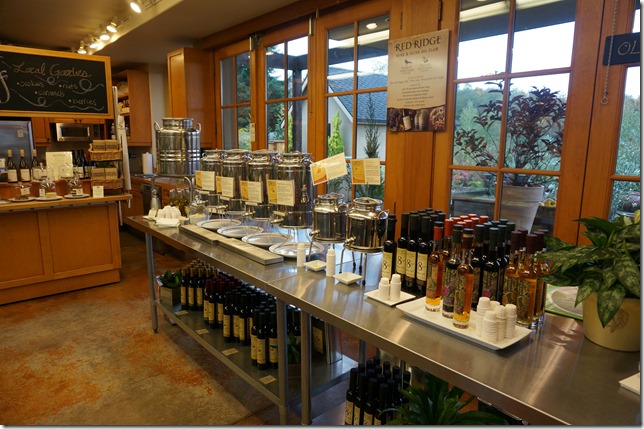
Olive trees really are beautiful…
And here are my official tasting notes from our “Blue Glass Tasting”
Albequina Extra Virgin Olive Oil: sweet cut grass, felt thick on my tongue, soft almond flavor
Koroneiki Extra Virgin Olive Oil: walnut skin, more bitter, peppery finish, made me cough, more watery than the Albequina
Tuscan Extra Virgin Olive Oil: arugula, smoother than the Koroneiki, lingering heat
Frantoio Extra Virgin Olive Oil: green celery leaf, fennel, soft almost buttery
If you’ve enjoyed reading this post and want to learn more about olive oil, I strongly encourage you to take a trip to the Oregon Olive Mill. The annual Olio Nuovo celebration will be taking place the weekend of November 21st. You can sample and purchase newly-milled 2014 oils, enjoy traditional Italian bruschetta, and sip on the latest Durant Vineyards Pinot Noir.
And for those of you wondering, this is only the beginning of olive oil in the northwest, as we quickly learned “you grow grapes for your children and olives for your grandchildren!”
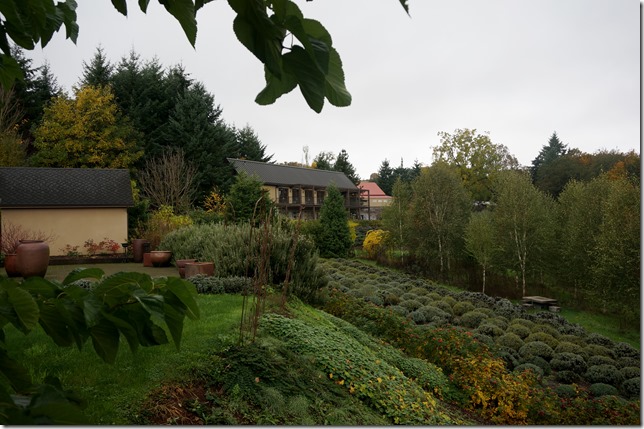
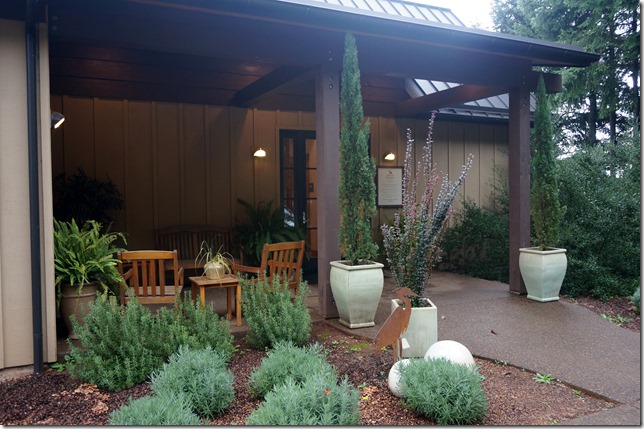
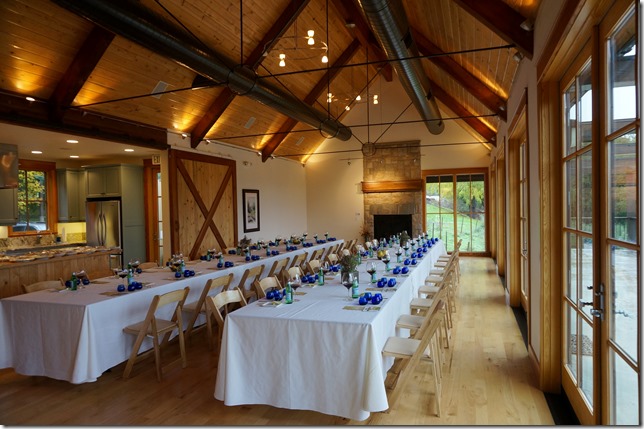
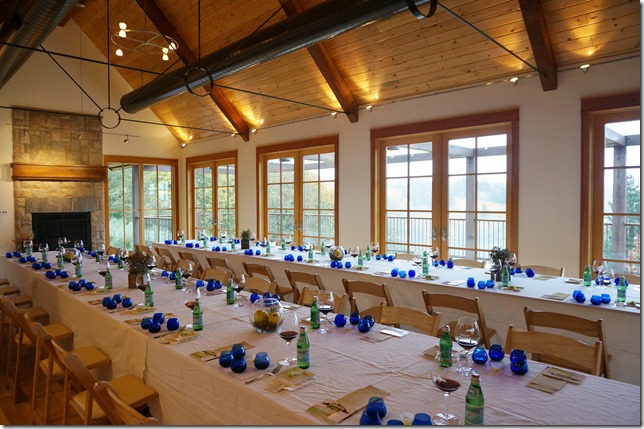
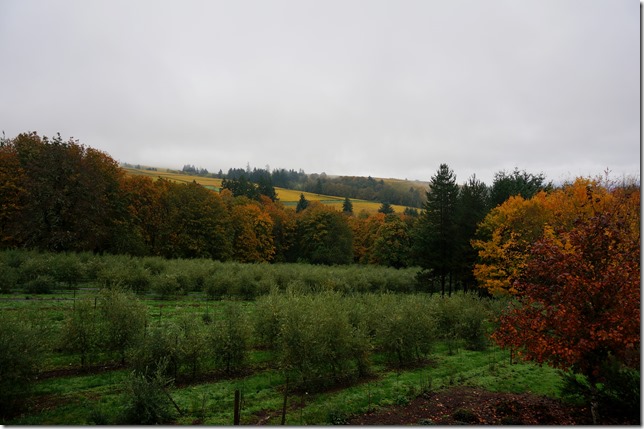
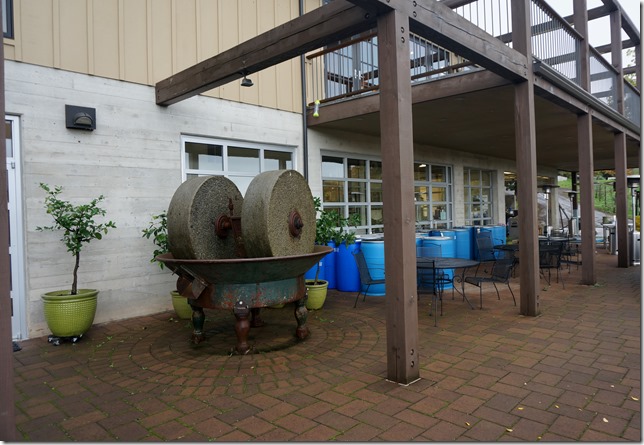
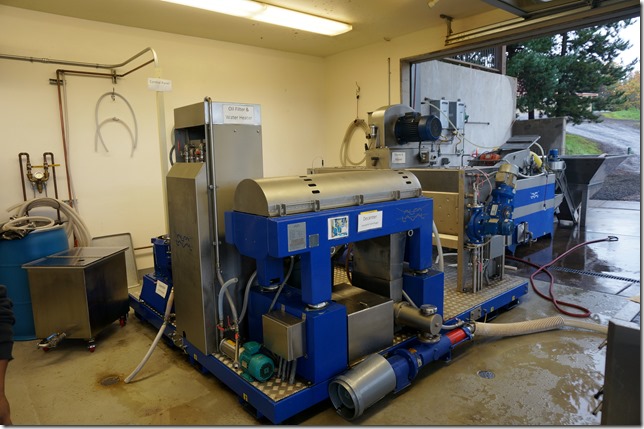
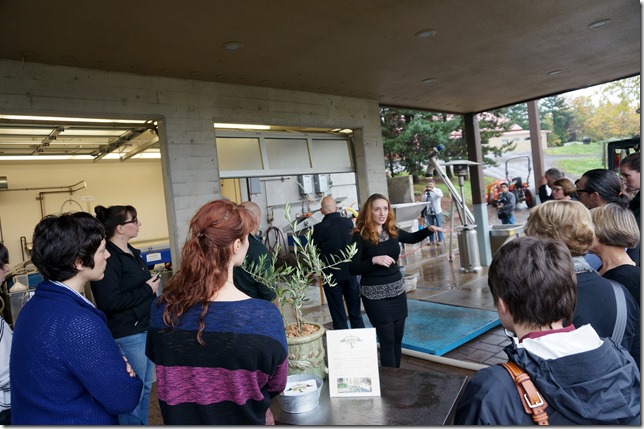
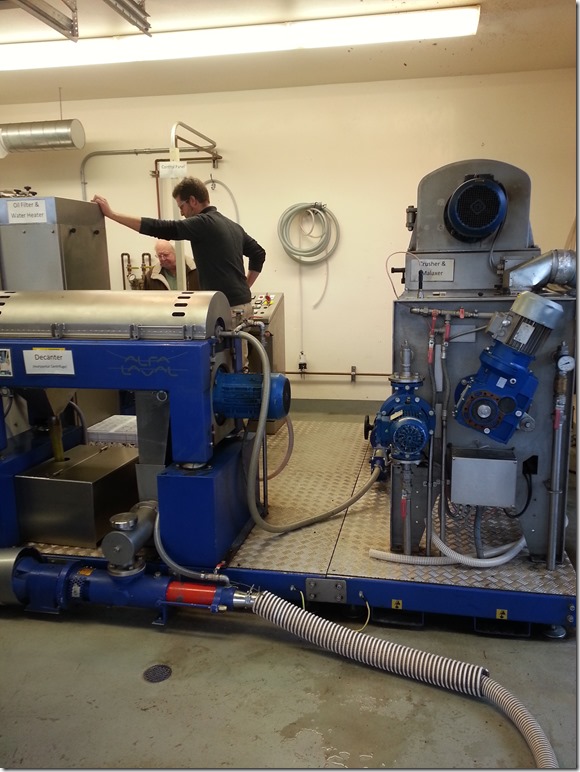
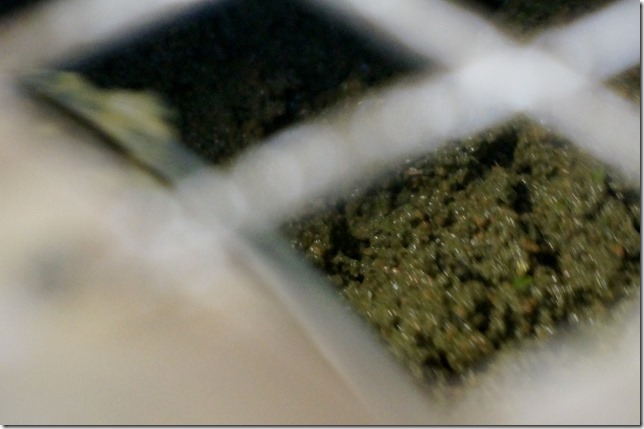
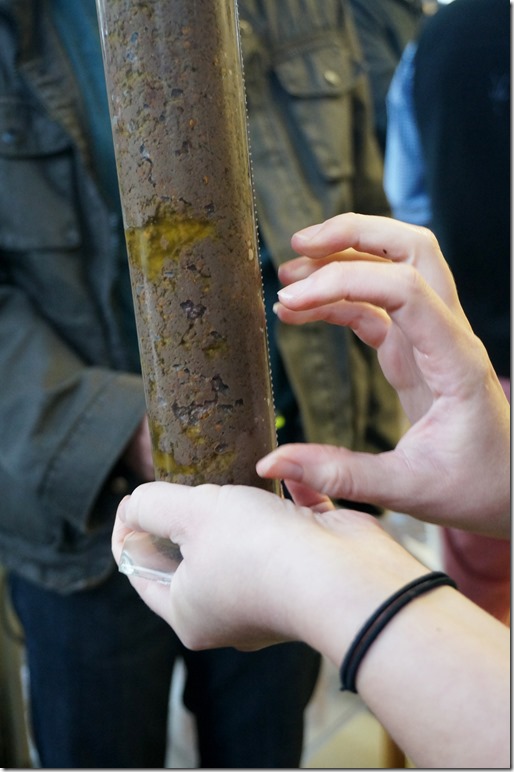
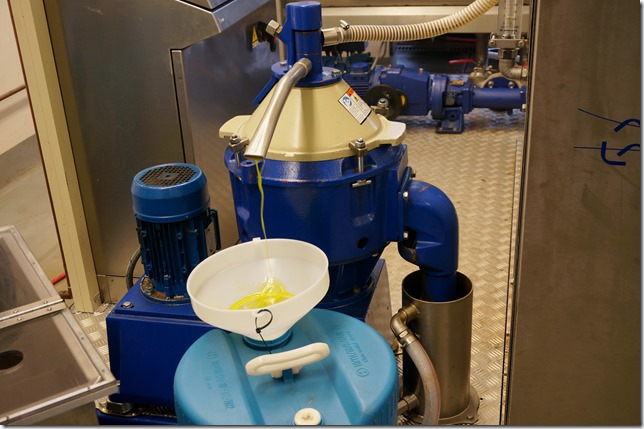
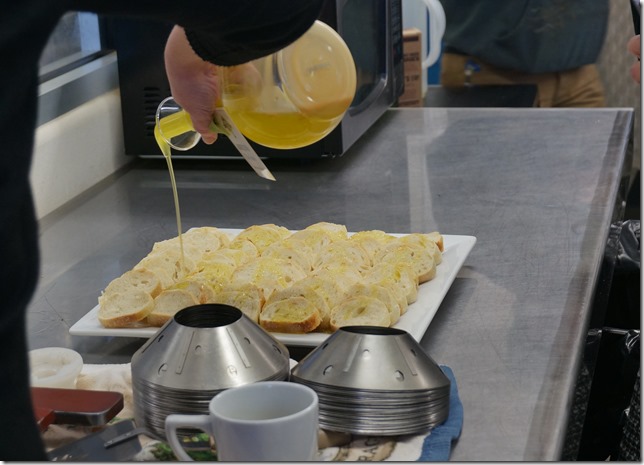
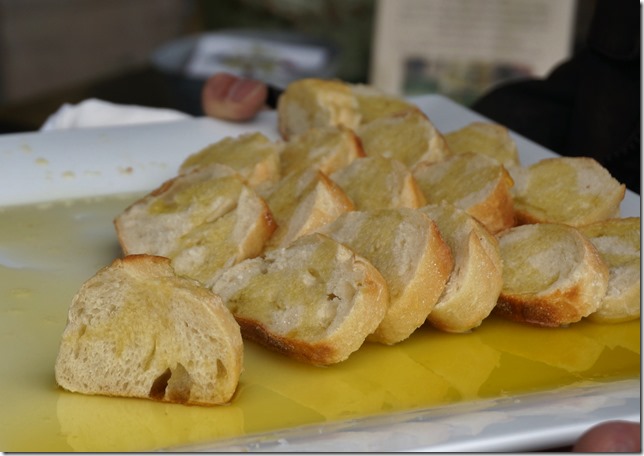
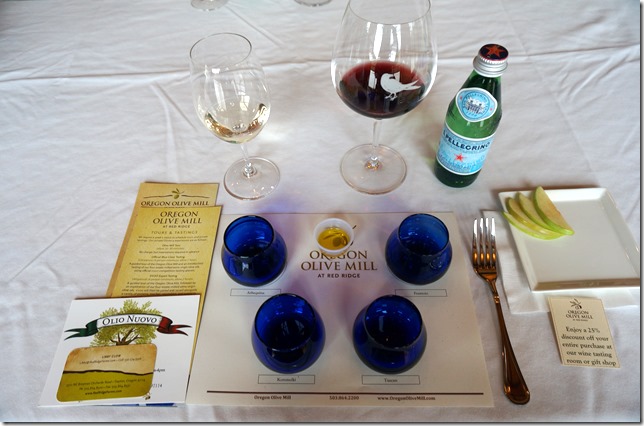
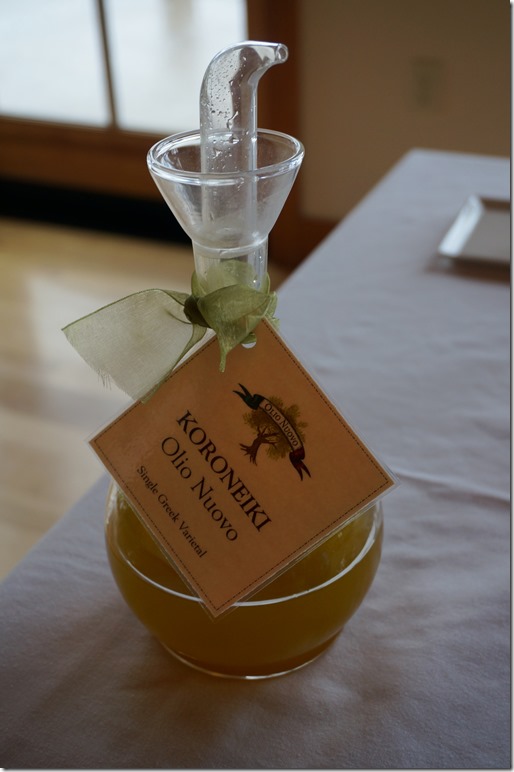
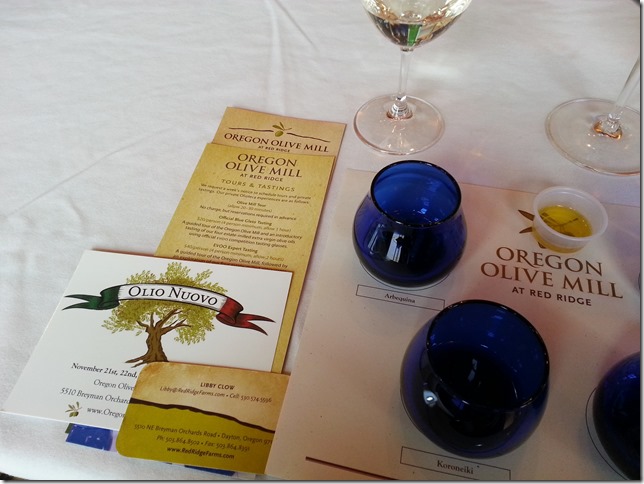
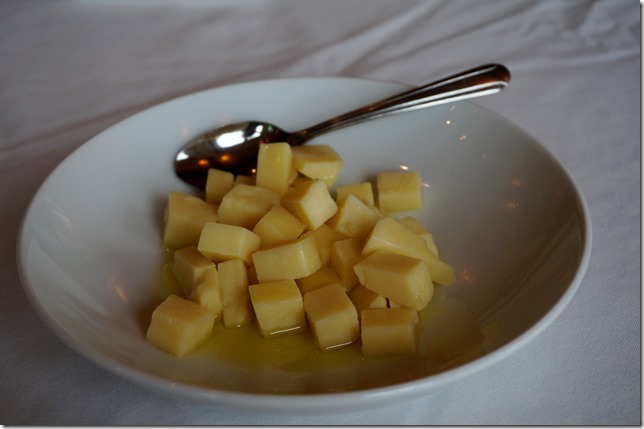
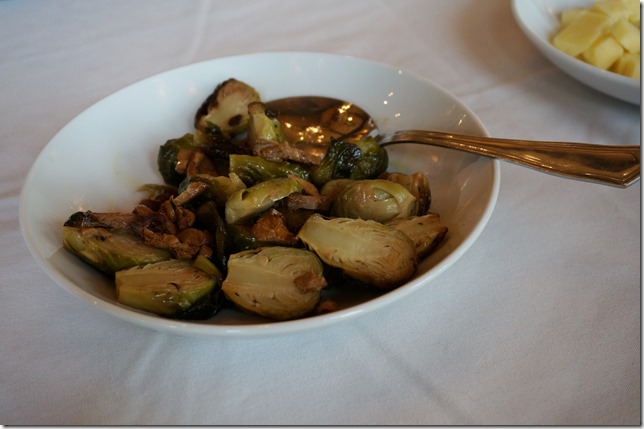

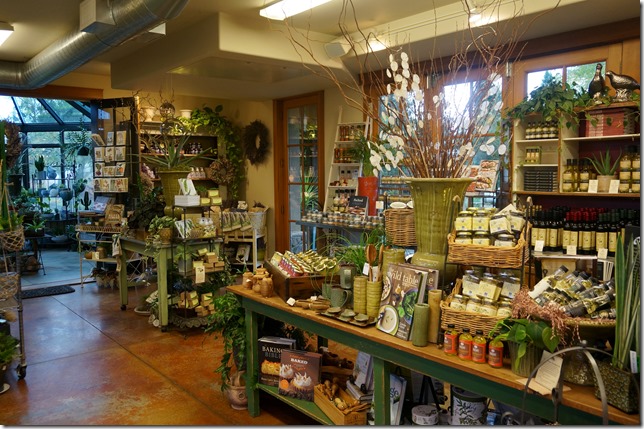
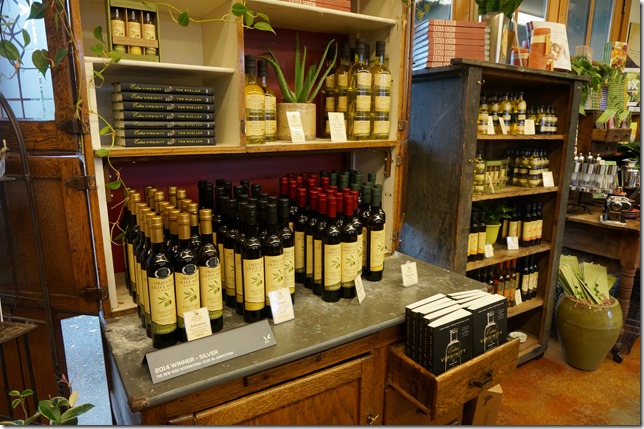
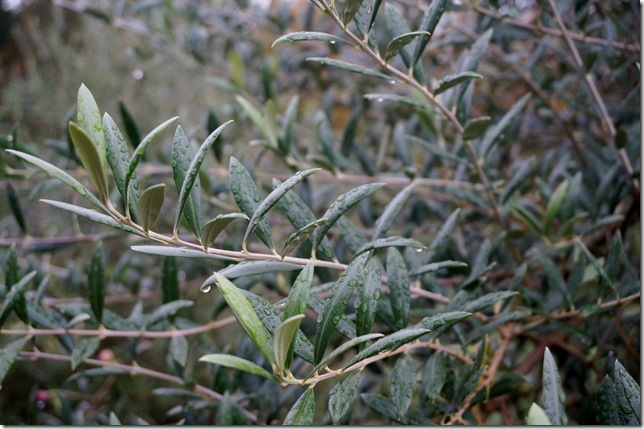
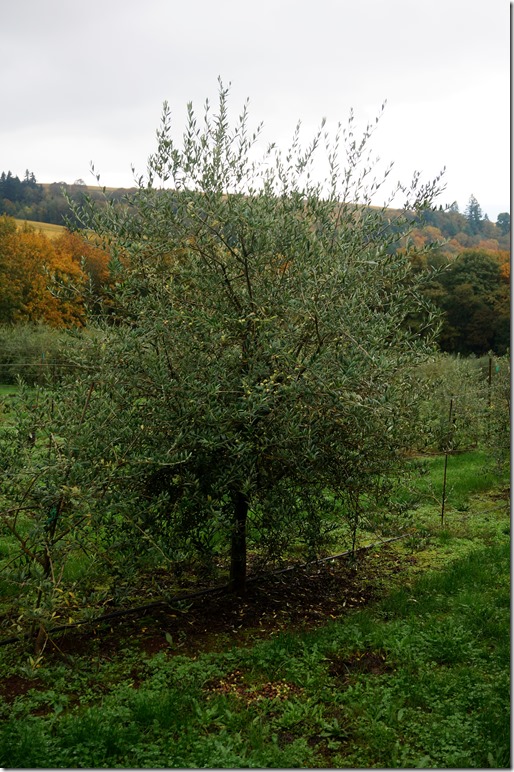
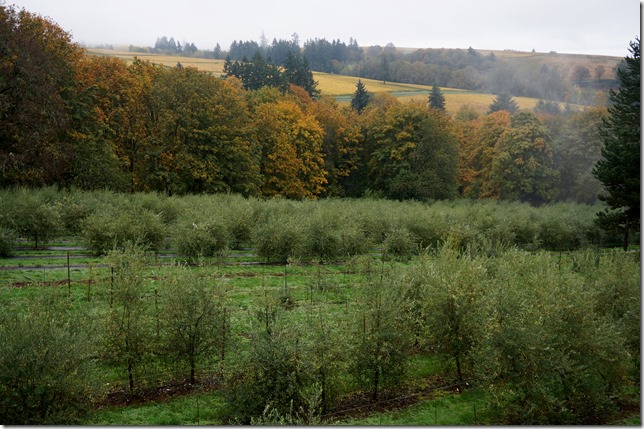
[…] may remember that back in November I was invited to do an olive oil tasting out at the Oregon Olive Mill. As part of that event, we explored olive oil through food pairings. […]